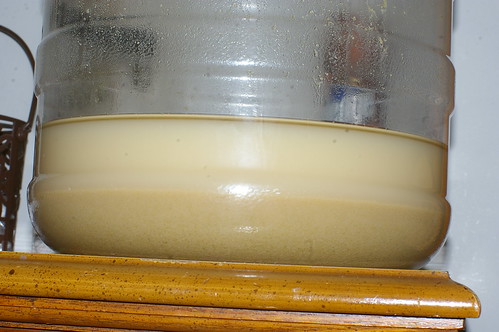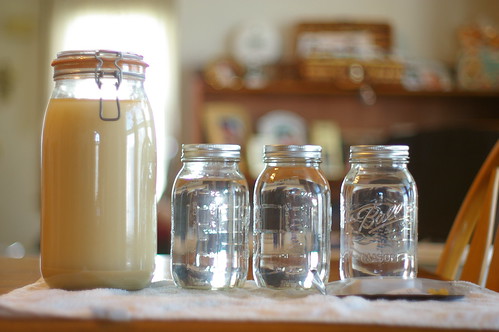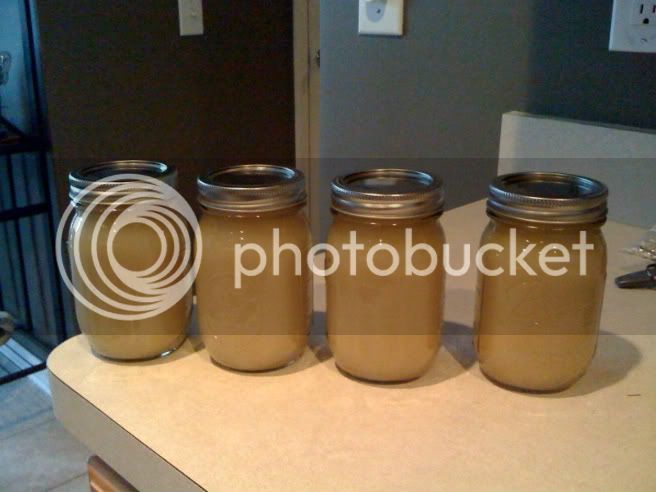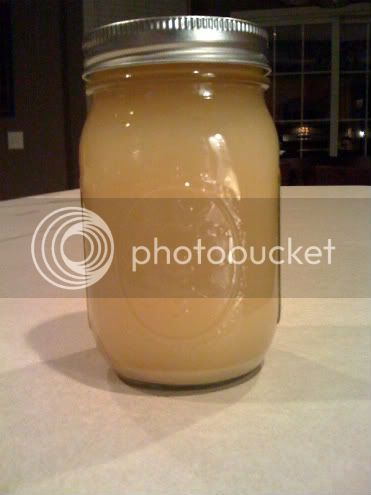commonlaw
Well-Known Member
I very carefully use tongs that I've boiled along with the jars, to get lids on the jars while everything's still submerged, then lift them out with tongs and then tighten the lids.
I don't have so much dexterity with my tongs (need a bigger pot) so I pull out the jar full of water with tongs, then the lid and tightener. The lids and tightener must be made of aluminum or something -- they lose heat very fast. a few seconds in the air after pulling them out with the sanitized tongs and they are basically cool enough to handle with your hands. So I put them on the jar (and then often use a potholder to tighten -- the lids get hot again when in contact with the glass). Seems to work without too much risk of contamination.











